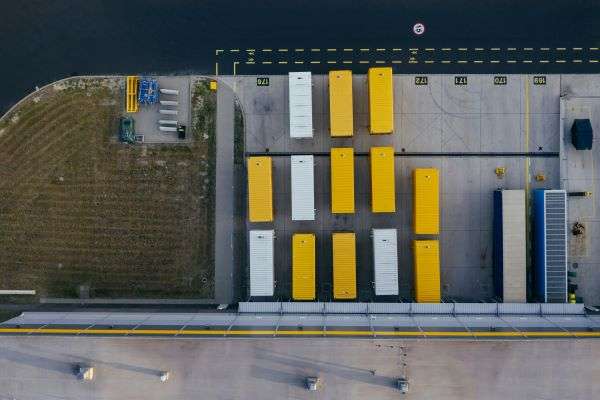Efficiency in Transportation: Key to Competitive and Eco-Friendly Operations
Transportation efficiency is crucial for logistics companies aiming to reduce costs and minimize environmental impact. Every unutilized space and idle minute equates to lost profits and a larger environmental impact. To remain competitive and eco-friendly, companies must optimize their transportation vehicle utilization. This article delves into the complexities of vehicle utilization and strategies for its enhancement.
Harnessing Micro-Level Data for Enhanced Efficiency
Central to maximizing vehicle utilization is the examination of micro-level data. This detailed information offers invaluable insights into vehicle usage, enabling the identification of areas for enhancement. Two key metrics relevant to this level of detail are space utilization and productive time.
Space Utilization: Maximizing Vehicle Capacity
Space utilization, or vehicle fill, is a vital metric that can be measured in several ways. Pallet numbers and height, a common method, can be misleading depending on cargo density. Low-density, bulky items may occupy the available space (cube-out) before reaching weight limits, while dense items might hit weight limits before filling the space. Deck-area coverage measures the percentage of floor space used by cargo and is particularly relevant when stacking height is restricted. Cube utilization, which considers both height and deck-area coverage, provides a more accurate picture of total space utilization. However, measuring space utilization presents challenges such as the lack of volumetric data and warehouse constraints that limit stack height in vehicles.
Productive Time: Ensuring Optimal Vehicle Usage
Productive time measures the actual hours and minutes a vehicle is in use. Ideally, vehicles should be operating continuously, but factors like loading/unloading, maintenance, and driver breaks make this impossible. Research indicates that a significant portion of a truck’s time is spent idle or empty.
Additional Metrics to Consider
In addition to space utilization and productive time, consider these metrics: the efficiency of vehicle usage (tkm/mkm), which factors in both the weight of the vehicle and its payload, indicating the amount of transport capacity used. However, it requires specific data that might not be readily available. Overall Vehicle Effectiveness (OVE) is another comprehensive metric that assesses vehicle availability, performance, and quality of delivery, offering a holistic view of effectiveness.
Optimizing vehicle utilization is a complex challenge that requires a data-driven approach. By meticulously analyzing micro-level data and considering various measures, businesses can identify inefficiencies and implement targeted strategies for improvement. This leads not only to cost savings and increased efficiency but also contributes to a greener and more sustainable supply chain.







